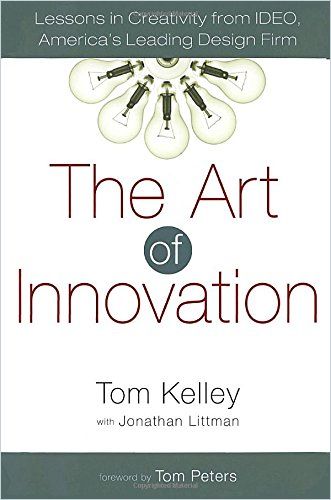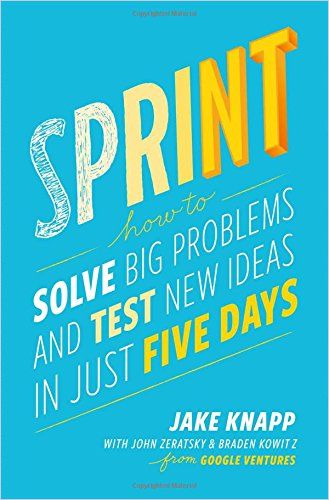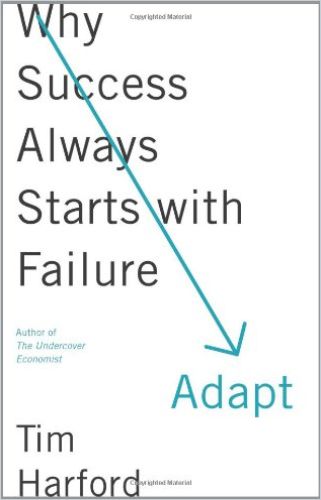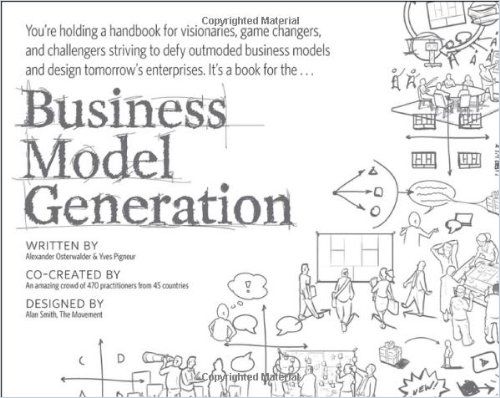How Design Thinking Galvanizes Corporate Innovation

Tina Seelig, the executive director of Stanford University’s Technology Ventures Program, defines that creativity results in ideas that are new to you, while innovation results in ideas that are new to the world. And while it sounds straightforward in theory, innovation at the corporate level is challenging to attain. Even if your company does develop a game-changing product or service, it is extremely tough to do it consistently.

It is for this reason that companies both large and small must identify and implement methods of innovation. One of those methods of innovation is design thinking. By relying on design thinking, you and your colleagues can be in a much better position to leverage innovation and creativity on a company level consistently.

Here are some key ways to leverage design thinking in your organization.
1. Understand What Design Thinking Is
When thinking about design thinking, one great place to start is Stanford University’s d.school. The d.school is arguably the most reputable and recognizable design thinking school in the world. At a high level, the d.school defines design thinking as a methodology for creative problem solving. It is a way to open up new possibilities around problem solving, letting small and large teams alike identify new ways to satisfy a specific audience. That audience can be everyone, from their customers or users to members of the organization itself.
At a more tactical level, the d.school proposed five separate stages of design thinking. They are:
- 1. Emphasize.
- 2. Define the problem.
- 3. Ideate.
- 4. Prototype.
- 5. Test.
Each of these five stages is critical in tackling complex issues. Each phase has its nuances (you can read more about them here), but the bottom line is that all five of these stages can help you make smarter choices for your business.
2. Put Your Audience First
Alex Osterwalder, the Swiss business theorist and author of classic books like Business Model Generation, argues that design thinking lets leaders discover hidden elements and ambiguities around an idea. Moreover, they can quickly find flawed assumptions before executing on a promising but untested idea.
Because of this, a critical part of design thinking is identifying your audience and stepping into their shoes. When creating products or services, it is all too easy to forget about the end user. However, you don’t have to follow that same path.
As just one example, GE Healthcare created an MRI scanner that puts children at ease. It did this by using paintings and storytelling to make the imaging process much less scary. Starting with empathy helped GE Healthcare’s designers to create a more effective MRI scanner for children.
Therefore, think about your audience when designing a new product or service. Contemplate the wants, desires and problems in their lives. By putting them first, you’ll be in an excellent position to implement design thinking throughout your organization.
3. Determine What Is Truly Important
A meaningful way to leverage design thinking is to sit down and determine what is most important from putting your audience first. This is true whether you are designing a new product or service or trying to solve a long-standing problem in your organization.
Design thinking is structured to nail down the most important features or attributes that can create value in your users’ lives. That said, it doesn’t happen automatically. You must step into your audience’s shoes, develop prototypes and study your audience’s reaction to those prototypes.

Confronted with a tricky policy problem, a member of a Swiss canton’s government called me to help. They had struggled for 14 months, under political pressure, two burnouts, and a lot of fear and frustration. With a design sprint of five days and using design thinking, we could reframe the problem and design and test a solution.
Anja Wyden Guelpa
All stakeholders and future users worked hand in hand to understand each other and find a practical and feasible answer to their urgent questions.

Follow this axiom when you are working on a tricky problem at your company. By focusing on what is truly important, you’ll create immense value for others.
4. Iterate Quickly
Finally, design thinking can help you learn more quickly. This is because the framework prioritizes experimentation and feedback.
Even if your initial hypothesis is wrong, design thinking helps you get much closer to discovering something that you may not have known. Some newsrooms, for instance, have found design thinking to be extremely helpful in learning what their readers do and do not like about their work. From there, they can pivot and release content or features that their audience does want.
So be nimble as you implement design thinking. Adapt quickly. Doing this will get you much closer to your business goals.

5. Get Started Today
Design thinking can be a true game-changer for your business. Whether you are the CEO of a young start-up or a manager at a more established firm, don’t hesitate to embrace this framework. By doing so, you’ll be well on your way to creating more value for your company, your colleagues and your customers. So what are you waiting for? The best time to get started is right now.







